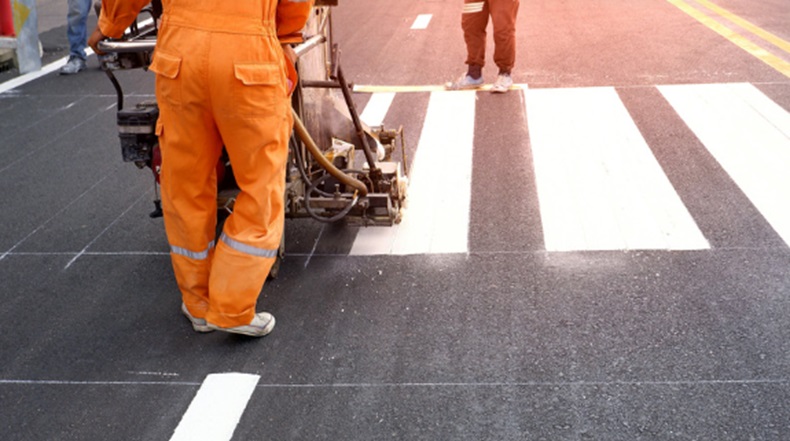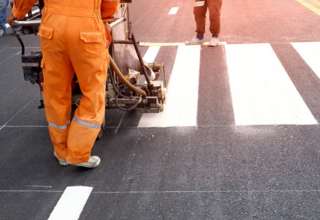
Road markings play a critical role in guiding traffic, especially after dark when visibility is reduced. The effectiveness of those markings largely depends on the quality of materials used—particularly traffic paint. For road users, especially on highways or poorly lit streets, high-contrast and reflective markings can be the difference between smooth travel and dangerous confusion.
For companies responsible for maintaining roads, the right paint isn’t just a choice, it’s a necessity for public safety and compliance.
The Science Behind Night Visibility and Traffic Paint
At night, headlights are the primary light source illuminating the road ahead. Paints used for road markings must be highly visible in those lighting conditions. This is why many formulations of traffic paint include reflective elements such as glass beads. These tiny beads reflect light back toward the source—typically a car’s headlights—creating the glowing effect that helps drivers see lanes, crosswalks, and road symbols.
Without reflective additives or durable pigments, road markings fade quickly or become difficult to see at night. This can lead to increased risks, particularly in areas with high-speed limits, pedestrian activity, or complex lane patterns.
The longevity and clarity of traffic markings also depend on how well the paint bonds to the pavement. High-traffic zones require paints with superior adhesion and wear resistance to maintain nighttime visibility through repeated exposure to tires, oil, and weather.
Why Application and Surface Matter
The type of surface and the method of application also influence how effective traffic paint is at night. Rough or porous surfaces absorb more paint, which may reduce reflectivity if not properly accounted for during the application process. Smoother, well-prepared surfaces help maintain consistency and brightness.
Additionally, weather conditions at the time of application affect the outcome. For example, applying paint during humid or freezing conditions can prevent proper bonding, reducing both the reflectivity and durability of the markings.
To maintain high visibility and safety, many professionals emphasize the importance of choosing formulations specifically made for road surface marking that can withstand environmental wear while maintaining night reflectivity. These paints are often engineered for enhanced durability and resistance to fading under vehicle stress and climate exposure.
Enhancing Road Safety Through Smart Paint Choices
Investing in high-quality traffic paint improves public safety, reduces long-term maintenance costs, and ensures compliance with transportation standards. Visibility at night is one of the most important metrics for judging the success of road marking projects, and using the right paint makes a measurable difference.
In regions with frequent rain, fog, or snow, specialized reflective coatings can help maintain visibility under adverse conditions. Anti-skid additives can also be included in the paint to further protect pedestrians and vehicles during turns and stops.
Professionals responsible for maintaining roads understand the difference a well-applied, reflective marking can make, especially when using materials designed for consistent night-time performance and long-lasting results.
Conclusion
Clear and visible road markings save lives, especially after dark. The use of high-quality traffic paint with reflective properties ensures that road users can navigate safely at night. For road maintenance teams and contractors, focusing on paint formulations tailored for road surface marking is essential for long-term success and safer driving environments.


























